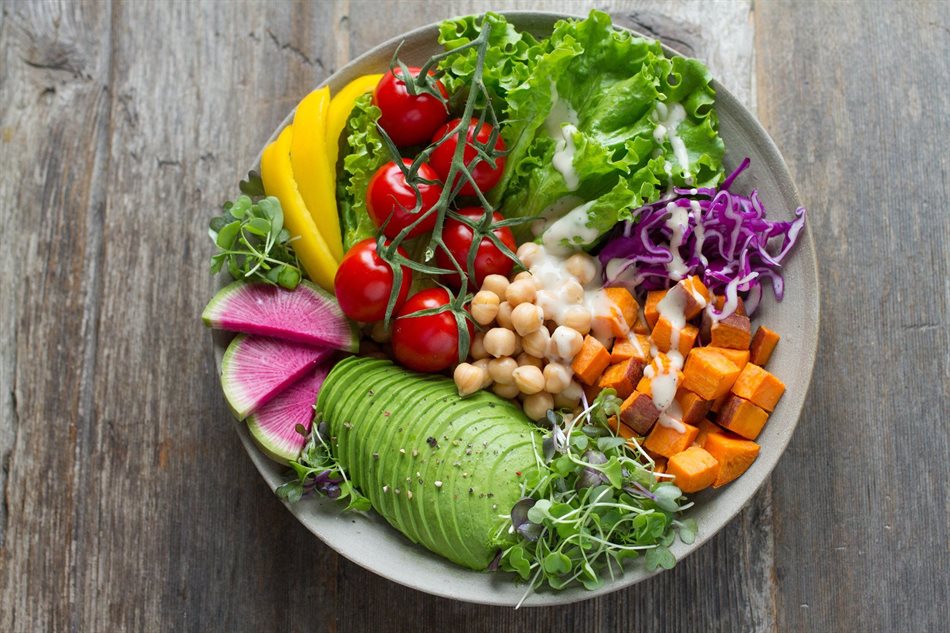
Photo by Anna Pelzer on Unsplash
While veganism and vegetarianism appear to be increasing, only 1% of the population of developed countries claim to be vegan and only 5% claim to be vegetarian.
Another trend is plant-based food. You might assume that this correlates with the increase in veganism and vegetarianism but, with such small numbers, neither group actually has the scale to command significant buying power.
Is it worth it for retailers to cater to the needs of this small segment of the population? And if so, how?
ResearchJenni Pennacchini, KLA 25 Nov 2020
Meat-free in the retail landscape
Walk the aisles of most food retailers and there’s no major emphasis on food products that enable vegan or vegetarian lifestyles. However, there are shelves in some large retailers that are geared towards plant-based eating, and this trend has certainly increased over the past 12 months, with Woolworths and Checkers showcasing meat-free alternatives on shelves and in marketing.
Large retailers and food producers may point to the diminutive consumer base to justify the comparatively small shelf or section of meat-free/meat-alternative products. Fair enough. But what if vegans and vegetarians aren’t the only ones in the market for meat-free meals? What if there’s a bigger cohort waiting hungrily in the wings?
A broader willing market
Let’s look at some critical findings from KLA’s recent research into how South Africans are thinking about their meat consumption.
- 24% of consumers say they want to eat less meat in the next 12 months.1
- 23% say they want to eat less red meat in the next 12 months.1
- 56% say they generally have some meat-free meals in a week.2
- 46% of meat-eaters claim to have bought plant-based meat alternative foods in the past three months3
With just under a quarter of consumers wanting to eat less meat and many dabbling in the category of ‘meat-free’, there is opportunity to capture the hearts, minds and taste buds of these meat-eating consumers. There is, after all, a clear interest in behavioural change (i.e. eating less meat overall) or behavioural maintenance (i.e. managing to continue to eat a meat-free meal once or twice a week).
The question of why
What is the drive for meat-eaters to eat less meat?
While you might think that eating less meat is down to ethical or environmental concerns, only 9% of consumers say that eating less meat is about being more ethical. Further, only 11% say it’s about saving the environment.4
What does appear to be the strongest driver is the link between eating less meat and being healthier – according to 47% of the approximately 3,000 respondents in our survey.4
Looking at an alternate data source, turning to our YouGov Profiles data, there is a similar number, with 44% saying that a meatless diet is a healthier option.5
Beyond health, 19% of respondents cite saving money as the main reason for wanting to eat less meat4 – while our YouGov Profiles data shows 75% of consumers saying that quality meat is considered expensive.5
What’s holding us back?
With a growing range of plant-based and meat-alternatives on the market and a growing interest among meat-eaters to engage in this category, what is preventing meat-lovers from reaching for more mushroom burgers?
Is it a perceived taste? Not really; only 8% say that they dislike the taste of meat-free or plant-based alternatives.6
The challenge is actually more about perceived cost and an overall lack of knowledge around how to engage with the category.
Our research shows that 39% of consumers find meat-free/plant-based meat alternatives and ingredients to be expensive. Just under half of consumers feel that ‘informational’ or ‘creative’ challenges are their top obstacle to cooking more plant-based cuisine.6
The following are the friction points:
- I believe that the options to make these meals are limited (14%)6
- I am unsure where to find the ingredients (12%).6
- I am not sure what to make (12%).6
- I am unsure how to cook meat-free (8%).6
Show meat-eaters the way
Given that cost and knowledge are key barriers to engaging more in the category, retailers could start to consider how they direct consumers in the retail space. In order to unlock the latent opportunities, consumers must be enabled to find greater value in meat-free offerings and require education on how to navigate these.
With this in mind, we asked consumers what would make them engage more. Just over a third feel they’d be encouraged by a pack/collection of all ingredients required to make a meat-free meal, for one price, together with a recipe.7 This talks about creating a sense of value and educating the consumer at same time, taking the hassle out of meat-free.
The rest mention the following as drivers that might enable them to engage more:
- 23% want a ready-made meal.7
- 21% want a pamphlet on ideas, ingredients and recipes for a meat-free meal7
- 14% want more in-store advertising on meat-free options and ingredients for meals7
So, retailers, you might want to consider:
- Creating bundles of meat-free ingredients with simple instructions on preparing them
- Conducting in-store tastings of plant-free dishes, grouped for easy purchase
- Price-matching between meat meals and meat-free/plant-based alternatives
- Offering plant-based private-label meals (as a value option)
These are just some examples of how food producers and retailers might look to help traditionally meat-loving customers to confidently explore the meat-free category.
Understand your customer at www.kla.co.za
About the author
Tessa Nowosenetz is an account manager at KLA

